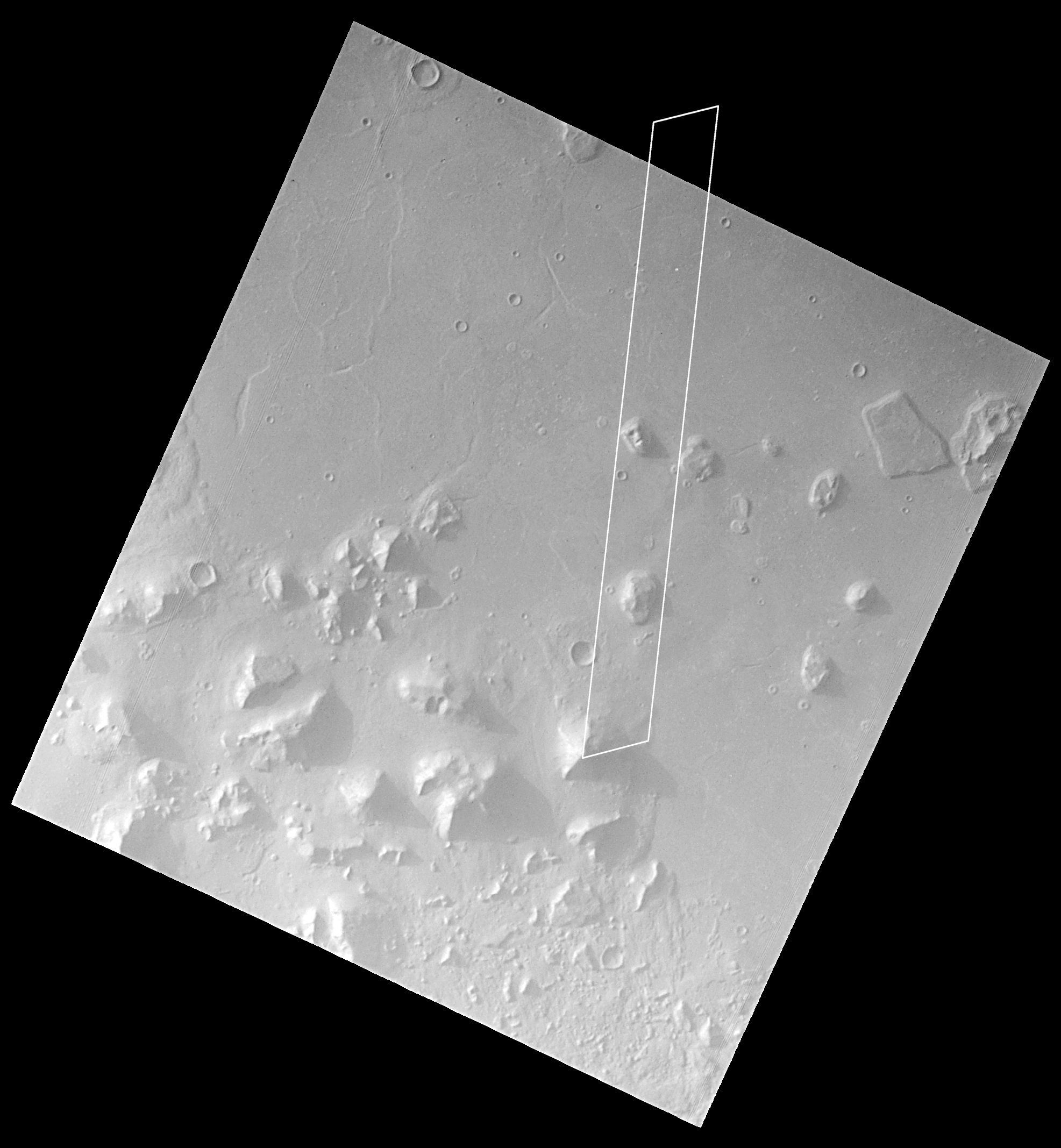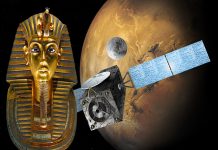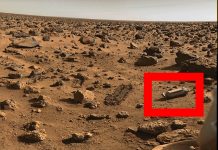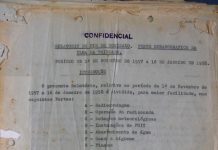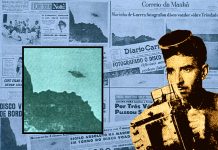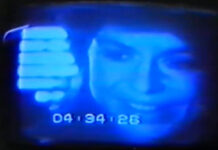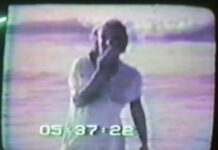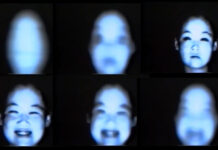No site da NASA há análises comparativas da “face” de Marte, fotografada pela sonda Viking em 1976, e a “nova face” fotografada pela sonda Mars Global Surveyor (MGS), em 1998. Não há mais chances para a alegada constituição artificial da “face”, ela é natural.
Notadamente, alguns conspiracionistas não darão o braço a torcer e não aceitarão a naturalidade dela. Eles continuarão promovendo a “face” como uma construção artificial feita por inteligências marcianas.
Comparando as “faces”
Veja abaixo a comparação que os cientistas da NASA fizeram entre a “face” fotografada pela sonda Viking e a “face” fotografada pela MGS (clique para ampliar):
http://mars.jpl.nasa.gov/mgs/msss/camera/images/4_6_face_release/

Tratamento das imagens
Na fotografia original (raw image) obtida pela Mars Global Surveyor, a posição da “face” é diferente da vista na Viking, devido ao ângulo que a sonda MGS orbitou sobre a região de Cydonia. Cientistas da NASA fizeram o tratamento da fotografia da região de Cydonia e a colocaram no mesmo ângulo que nós estávamos acostumados a ver a “face”.
Este trabalho foi feito para encaixar as duas “faces” e obter uma melhor visualização. A NASA descreveu os passos no processamento da imagem e, inclusive, utilizou programas como o Adobe Photoshop. Veja os passos abaixo, em inglês. No site da NASA há mais informações sobre o processamento das imagens:
http://mars.jpl.nasa.gov/mgs/target/CYD1/
Processing Performed by Tim J. Parker, Geologist
Mars Pathfinder Science Support, JPL.
Image Processing Steps:
(1) Vertical banding in raw image removed using Vicar software with long, narrow, highpass box filter, oriented parallel to banding in image.
(2) Performed moderate histogram stretch in Adobe Photoshop on Macintosh desktop computer.
(3) “Flattened” broad shading variations in scene by copying image and creating a “mask” in Photoshop with the shading inverted with respect to the original image. This mask was then merged with original scene and a second histogram stretch performed.
(4) Physically stretched image in Photoshop in direction perpendicular to the narrow dimension of foreshortened craters by 151.25% in order to approximate an orthographic view of the scene.
Processing Performed by MIPL, JPL
Image Processing Steps:
(1) The image is sized down by interpolation by a factor of two to reduce some of the noise.
(2) A long, narrow high-pass filter is applied in a vertical orientation to help reduce some of the instrument signature. This signature is seen as the streaking that is noticeable in the original data.
(3) A long, narrow low-pass filter is applied in a horizontal orientation to create an intensity average for the image.
(4) The results of these filtering operations are the stretched to approximate a Gaussian distribution.
(5) The results of the high-pass and low-pass processing steps are averaged together to form the final product.
(6) The image is flipped about the vertical axis to correct for the camera orientation.

